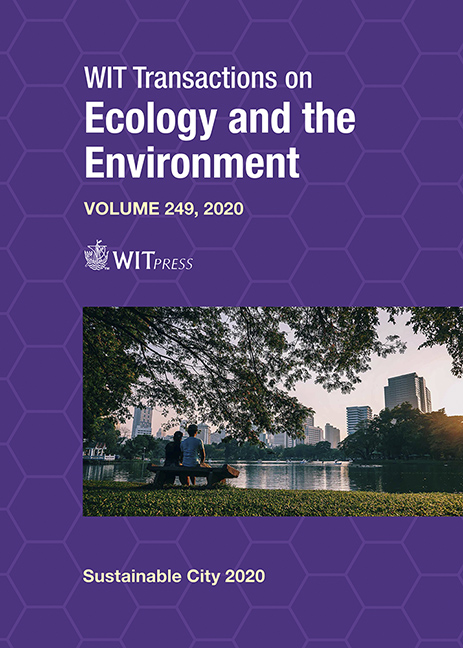PUBLIC SPACES FOR SUSTAINABILITY OF CONTEMPORARY METROPOLISES: PROJECT THEMES AND RECURRING CHARACTERS FOR THE QUALITY OF DESIGN
Price
Free (open access)
Transaction
Volume
249
Pages
11
Page Range
191 - 201
Published
2020
Paper DOI
10.2495/SC200161
Copyright
WIT Press
Author(s)
GIUSEPPE CALDAROLA
Abstract
The present study records recurrent guidelines through different case studies of architectural and urban design projects, considered as “models” of different ways for managing the existing urban conditions due to generate new urban qualities. Innovative public spaces, new urban functions, formal/informal hybrid forms of living/using the city (or its parts) can be considered as “common” design topics of various interventions. Resetting urban fabrics, redesigning places, recharging their characters and values can be considered as starting points, shared tools of different regeneration projects, with strong strategical values and figurative features, especially in European and extra-European contexts: a “common ground” by which several contemporary metropolises are undertaking innovative policies and design features to rethink their existing conditions. In several cases – even with situational differences – enhancing the system of public spaces becomes an opportunity to improve their liveability. The “Laboratori Metropolitani” program of the IUAV University of Venice focuses on some contemporary metropolises, defines case studies, and allows the combination of research features and project actions due to recognizing and evaluating recurrent themes in these transformation dynamics. Different cities – such as Sao Paulo, Dar es Salaam, Seoul, New York, Santiago de Chile, Hong Kong, Mexico City and Moscow – have undertaken recent actions of urban regeneration. Recurrent ways of interventions are emerging, mostly public initiatives: virtuous processes of urban regeneration descend with significant effects in terms of urban quality. More complex urban regeneration policies can be appreciated, with positive effects on the same places and the surrounding areas, also consolidating and enhancing the specific identity matrices; different projects, supported by public policies and favored by different practices, follow the general principle/aimed output of qualification/implementation of the public realm (in its different forms). The interventions on the public spaces seem to be the main opportunity to create lasting condition of urban sustainability and inclusiveness, to generate liveable places.
Keywords
public space, collective realm, regeneration projects, urban design, quality of design





